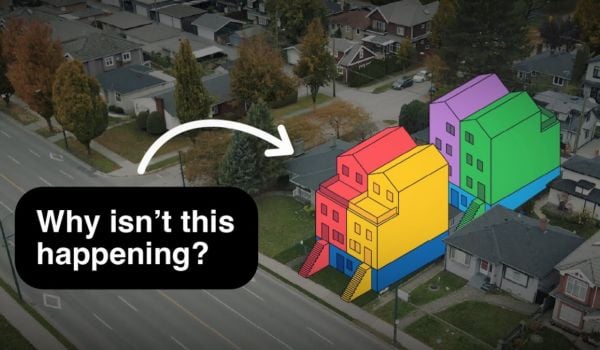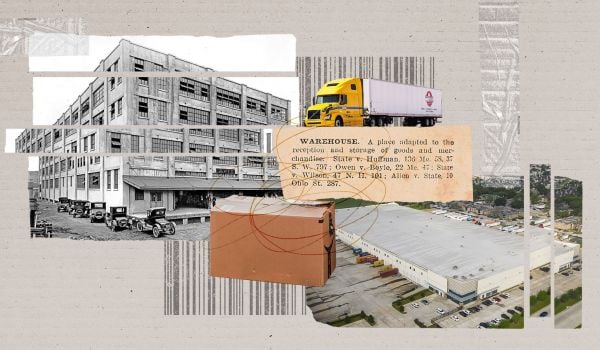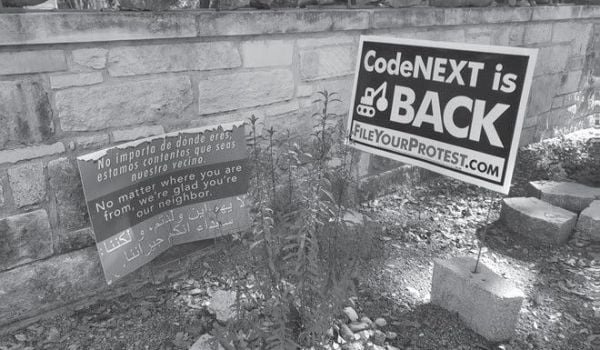Zoning is the primary way local governments in the U.S. shape new development. For decades, many officials have used zoning as a tool to prevent housing construction by restricting development to all but single-family homes on large lots or by limiting new multi-family apartment buildings to heights lower than their neighbors. As a result, new construction has failed to keep up with demand, limiting the number of available units and sending home prices skyrocketing.
State policymakers are increasingly acknowledging the negative effects of restrictive zoning policies, which many localities have resisted altering. In recent years, legislators in California, Maine, Oregon and several other states have passed laws requiring municipalities to zone for additional housing construction. Last month, New York’s governor unveiled policy proposals that she hopes will spur more building and add 800,000 homes over the next decade. And in Washington state, several new bills are currently being considered, including one that would allow up to six housing units on many lots that are currently limited to single-family units, and another that would increase densities substantially in areas close to public transportation.
While there are a multitude of zoning reforms that states can implement, our new research finds that doubling space for allowed construction in the areas directly around transit stations and allowing the development of large apartment buildings is likely the most effective way to rapidly accelerate new housing development and meet demand.
States can consider this alongside other policies, such as eliminating single-family zoning to allow small-scale apartment buildings, to reflect their communities’ different contexts and expand housing availability.
How zoning reform could transform the Puget Sound
In our research on the Puget Sound region — the metropolitan area encompassing Seattle, Washington — we examined potential zoning reforms in three dozen local jurisdictions. We developed a dataset of all parcels in the region around transit to understand what is there now, what could theoretically be built under current zoning rules, and what could be built if zoning rules were altered.
The Puget Sound has the nation’s largest transit expansion program under construction, which might imply support for new transit-adjacent and pedestrian-friendly housing. But we found that more than a third of land within a half-mile of transit stations is zoned to only allow single-family homes. About half of the land requires parking for new units.
In some cities, like Lake Forest Park, a wealthy suburb north of Seattle, single-family zoning is common, despite the local transit agency’s plans for a high-quality bus rapid transit line through the city. Even in much denser Seattle, many existing apartment buildings couldn’t have been built under current zoning guidelines, which allow only smaller apartment buildings to be constructed.
Our estimate suggests new state laws that require zoning reforms in Puget Sound localities could allow for almost one million new units near transit over the next decade.
One key mechanism to do so would be to double allowed densities in the areas adjacent to stations; this could increase housing construction by up to 60%. These types of mid- to high-rise apartment buildings within a few blocks of rail and bus rapid transit stations contained 80% of units built near transit over the past decade in the region, suggesting there is strong demand for this type of housing.
These findings show why dramatically expanding allowed construction in the areas directly around transit stations (many of which are already zoned for multi-family units) is likely the best way to rapidly accommodate more housing. This approach — high-intensity, station-area upzoning — responds most directly to what is currently in demand in the housing market, rather than focusing only on eliminating single-family zoning, which won’t be enough to accelerate development in the short- and medium-term.
Other types of reforms, like allowing “fourplex” apartments in single-family neighborhoods farther from transit stations and allowing mid-sized apartments in-between, could also boost housing availability by encouraging context-sensitive construction in communities that need more housing options.
Why zoning reform must account for neighborhood variation
In general, many Puget Sound communities with the highest housing values — where private-market development is most likely, if adequate regulations are in place — have restrictive land-use policies. Those policies are keeping communities exclusive, preventing people with lower incomes from moving in, limiting social and racial integration, increasing housing costs, and burdening the climate by promoting car dependence.
State legislators could begin to address these conditions through laws mandating that localities allow new housing construction. But it’s also important to acknowledge how various reforms would affect neighborhoods differently.
Many of Seattle’s already somewhat-dense neighborhoods wouldn’t change much if single-family zoning were eliminated. Yet neighborhoods like many in suburban Bellevue — across Lake Washington from Seattle — could create space for new residents through the construction of small apartment buildings near single-family homes.
This type of reform does have limitations: While eliminating single-family zoning to allow fourplexes would introduce housing diversity in neighborhoods regionwide, it would be unlikely to produce huge amounts of new housing quickly. That’s in large part because of developers’ unfamiliarity with small-scale apartment buildings – and homeowners’ lack of interest in giving up their yards in exchange for more units on their lots.
Variations in neighborhood conditions make it important for state legislators in Washington state and nationwide to consider implementing a variety of zoning reforms that address different communities’ challenges and opportunities. By focusing on reforming zoning rules for high densities near transit, requiring localities to allow new construction, and tailoring changes to varying neighborhood conditions, state lawmakers could help spur the construction of new housing and meet demand for affordable homes.

Yonah Freemark is a senior research associate in the Metropolitan Housing and Communities Policy Center at the Urban Institute, where he is the research director of the Land Use Lab at Urban. His research focuses on the intersection of land use, affordable housing, transportation, and governance.
Andrew Trueblood is a housing, economic development, and land use professional who brings a local policymaker’s lens to the Urban Institute, where he is a non-resident fellow in the organization’s Metropolitan Housing and Communities Policy Center. Between 2018 and 2021, Trueblood served as the director of the DC Office of Planning, where he prioritized agency efforts around housing and equity.















